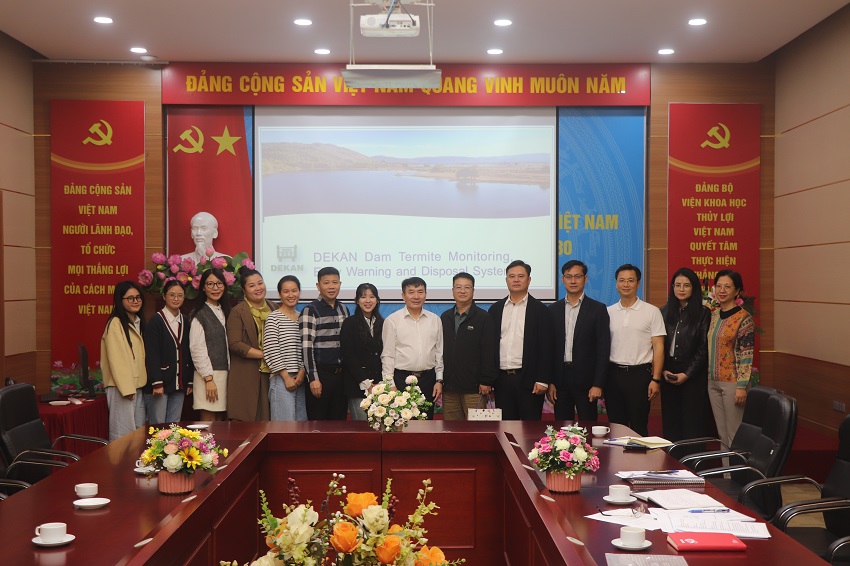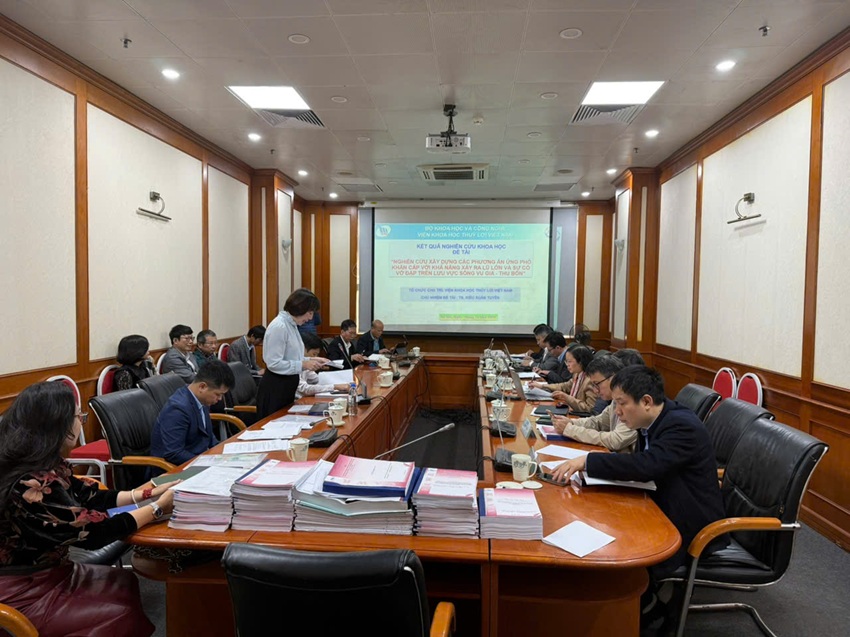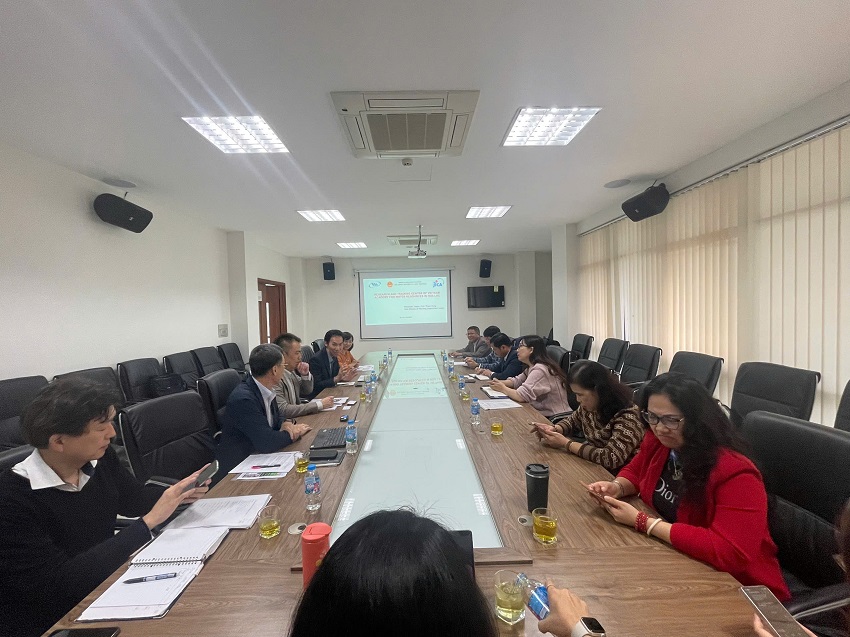Ranking Sub-Watersheds for Flood Hazard Mapping: A Multi-Criteria Decision-Making Approach
25/04/2024Abstract:
The aim of this paper is to assess the extent to which the Sad-Kalan watershed in Iran participates in floods and rank the Sad-Kalan sub-watersheds in terms of flooding potential by utilizing multi-criteria decision-making approaches. We employed the entropy of a drainage network, stream power index (SPI), slope, topographic control index (TCI), and compactness coefficient (Cc) in this investigation. After forming a decision matrix with 25 possibilities (sub-watersheds) and 5 evaluation indices, we used four MCDM approaches, including the analytic hierarchy process (AHP), best–worst method (BWM), interval rough numbers AHP (IRNAHP), picture fuzzy with AHP (PF-AHP), and picture fuzzy with linear assignment model (PF-LAM, hereafter PICALAM) algorithms, to rank the sub-watersheds. The study results demonstrated that PICALAM exhibited superior performance compared to the other methods due to its consideration of both local and global weights for each criterion. Additionally, among the methods used (AHP, BWM, and IRNAHP) that showed similar performances in ranking the sub-watersheds, the BWM method proved to be more time-efficient in the ranking process.
1. Introduction
2. Materials and Methods
2.1. Study Area
2.2. Data and Methodology
2.3. Theoretical Backgrounds of Proposed Methods
2.3.1. Analytic Hierarchy Process (AHP)
2.3.2. IRNAHP
2.3.3. Best–Worst Method (BWM)
2.3.4. Picture Fuzzy Analytic Hierarchy Process and Picture Fuzzy Linear Assignment (PICALAM)
3. Analysis and Results
3.1. Morphometric Parameters
3.2. Ranking of Sub-Watersheds Using the AHP Technique
4. Discussion
5. Conclusions
References
——————————————————————————————————————
► See detail: Ranking Sub-Watersheds for Flood Hazard Mapping: A Multi-Criteria Decision-Making Approach
Nguyet-Minh Nguyen1, 2, Reza Bahramloo3, Jalal Sadeghian4, Mehdi Sepehri5, Hadi Nazaripouya6, Vuong Nguyen Dinh7, *,
Afshin Ghahramani8, Ali Talebi5 , Ismail Elkhrachy9, Chaitanya B. Pande10, 11 and Sarita Gajbhiye Meshram12
1 Laboratory of Environmental Sciences and Climate Change, Institute for Computational Science and Artificial
Intelligence, Van Lang University, Ho Chi Minh City 700000, Vietnam
2 Faculty of Environment, School of Technology, Van Lang University, Ho Chi Minh City 700000, Vietnam
3 Agricultural Engineering Research Department, Hamedan Agricultural and Natural Resources Research and
Education Center, AREEO, Hamedan 65199-91169, Iran
4 Department of Civil Engineering, Faculty of Engineering, Bu-Ali Sina University, Hamadan 65187-38695, Iran
5 Department of Watershed Management, Faculty of Natural Resources, Yazd University, Yazd 8915818411, Iran
6 Watershed Research Department, Hamedan Agricultural and Natural Resources Research and Education Center,
AREEO, Hamedan 65199-91169, Iran
7 Southern Institute of Water Resources Research, Ho Chi Minh City 700000, Vietnam
8 Institute for Life Sciences and the Environment, Centre for Sustainable Agricultural Systems, University of Southern
Queensland, Toowoomba, QLD 4350, Australia
9 Civil Engineering Department, College of Engineering, Najran University, Najran 66291, Saudi Arabia
10 New Era and Development in Civil Engineering Research Group, Scientific Research Center, Al-Ayen University,
Nasiriyah 64001, Iraq
11 Indian Institute of Tropical Meteorology, Pune 411008, Maharashtra, India
12 WRAM Research Lab Pvt. Ltd., Nagpur 440027, India
* Correspondence: nguyendinhvuong@siwrr.aceo.vn; Tel.: +84-91-311-5343
Water 2023, 15, 2128 https://www.mdpi.com/journal/water
Ý kiến góp ý:









